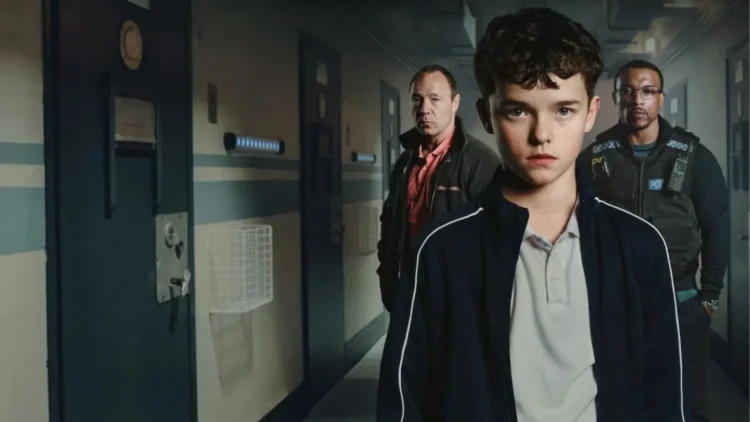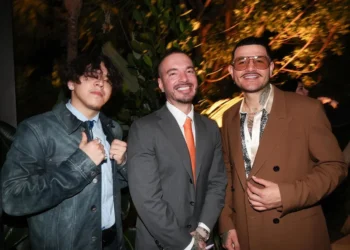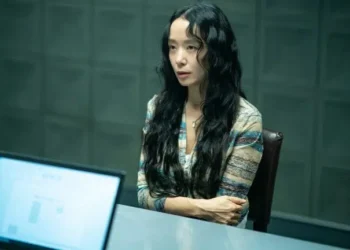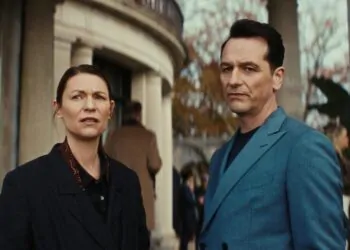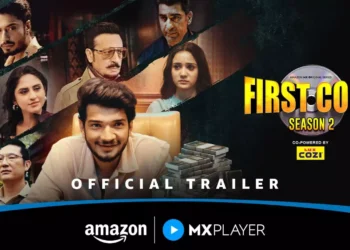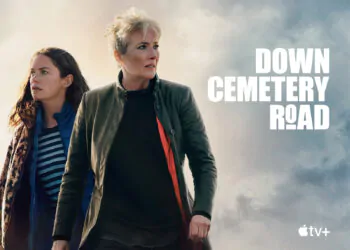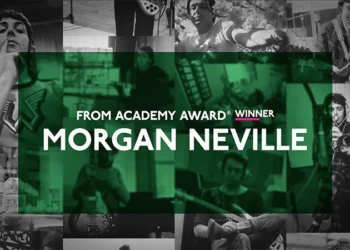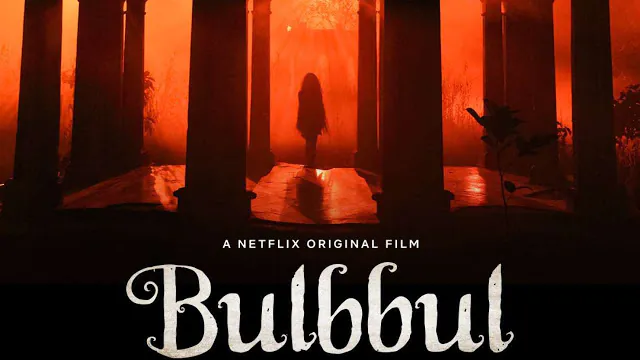If Adolescence left you astonished, be sure to include these five remarkable one-take films in your watchlist, as they redefine the limits of filmmaking through the use of a single shot.
In cinema, the method of storytelling holds just as much significance as the narrative itself. Traditional filmmaking typically employs cuts to navigate the audience through time and space, but some directors opt to eliminate these transitions entirely—Adolescence on Netflix being the latest standout example. This technique, whether employed to heighten the chaos of a tense scenario or to craft a surreal journey across time, shifts the camera’s role from a passive observer to an active participant. As a result, the storytelling transcends mere observation, allowing viewers to feel as though they are living the story.
Adolescence (2025)
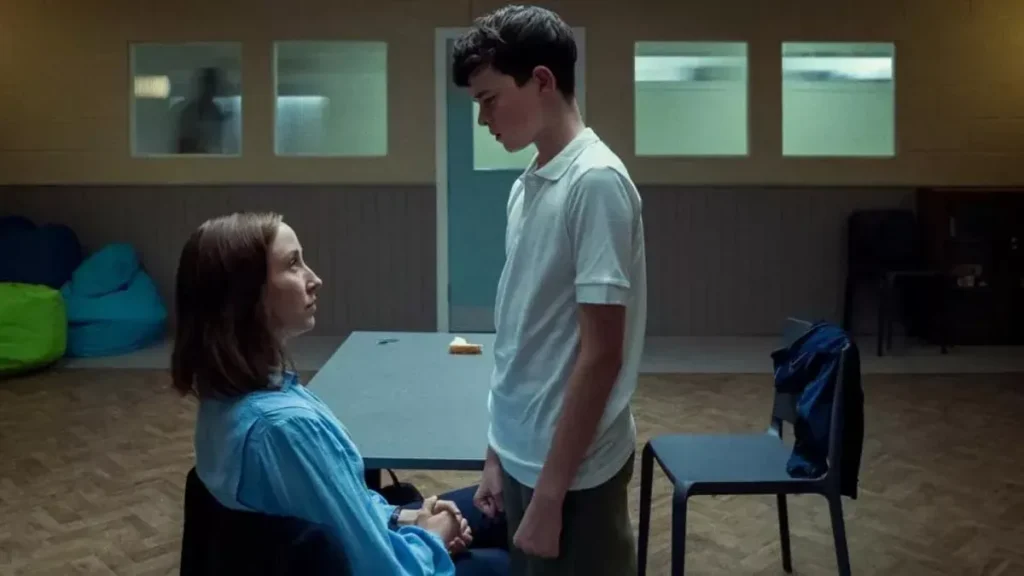
One of the most talked-about shows is Adolescence on Netflix, a British miniseries tackling the violence exhibited by young men in response to social media and the toxic masculinity that pervades their environment. It raises an essential question: how can we nurture good boys? Directed by Philip Barantini and co-created with Jack Thorne and Stephen Graham—who also acts in the series—Adolescence employs a striking continuous single-shot technique throughout its four episodes. This immersive style draws viewers into the raw, unrefined experiences of the characters, intensifying the tension and urgency of the narrative while revolutionizing spatial continuity in television. Cinematographer Matthew Lewis captures the essence of varied settings, utilizing natural light and fluid camera movements that reflect the characters’ emotional upheaval. The camera skillfully transitions between environments, ranging from the oppressive intensity of a police interrogation room to the vast expanse of a schoolyard.
Boiling Point (2021)
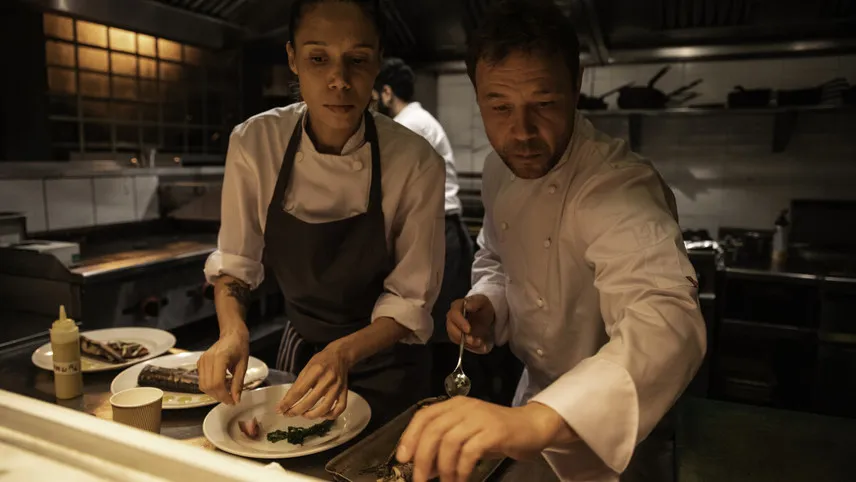
In another directorial effort by Philip Barantini, Boiling Point, which features cinematography by Matthew Lewis and stars Stephen Graham once again, takes place entirely within the intense environment of a fine-dining restaurant. The film’s uninterrupted visuals turn the space into a dynamic entity that shapes the pacing, urgency, and chaos of its story. Every action—from frantic plating to heated clashes—is portrayed in real-time, immersing the audience in the unrelenting pressure of a fully operational kitchen. The camera follows chef Andy Jones (Graham) with remarkable fluidity, navigating the tight, high-stakes realm of his culinary world, where natural lighting, steam, and shadows intensify the claustrophobic atmosphere. Filmed in a real London restaurant, Jones & Sons in Dalston, the movie’s confined corridors, narrow prep areas, and dimly lit dining spaces eliminate any divide between the staff and their increasingly demanding customers, heightening the sense of entrapment and pressure.
Shonibar Bikel (Saturday Afternoon | 2019)
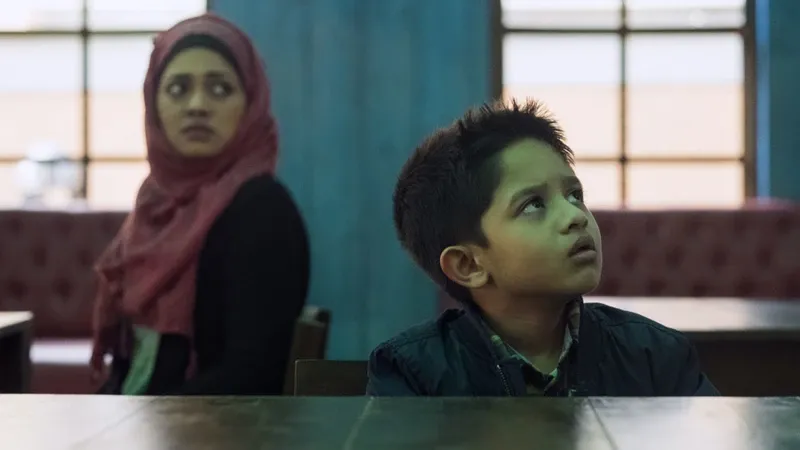
Bangladeshi filmmaker Mostofa Sarwar Farooki’s Shonibar Bikel is a gripping real-time thriller that unfolds in a single, continuous take, capturing the stifling intensity of a terrorist siege. Inspired by the 2016 Holey Artisan Bakery attack in Dhaka, the film transforms a singular setting into a cauldron of fear, ideology, and human resilience. By foregoing the comfort of edits, it immerses viewers in the unfolding terror, making them feel as trapped as the victims. Cinematographer Aziz Zhambakiyev employs fluid, handheld camerawork that shifts perspectives seamlessly, maintaining continuity and heightening the narrative’s urgency. Known for his socially conscious storytelling, Farooki reduces the narrative to its rawest elements, stripping away flashbacks and parallel storylines to present a relentless present.
Timecode (2000)
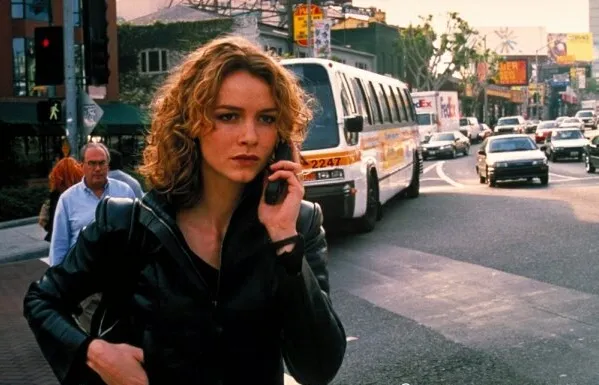
Mike Figgis’ Timecode (2000) is an innovative exploration of real-time storytelling, filmed in a single continuous take with four digital cameras. Set against the backdrop of Hollywood’s high-stakes environment, where relationships unravel and power dynamics shift, the film’s production process becomes a narrative element. Unlike traditional one-shot films that adhere to a single viewpoint, Timecode fractures its narrative into four simultaneous long takes, each occupying a quadrant of the screen. As the drama unfolds across various locations in real-time, viewers must navigate overlapping dialogues, emotions, and interactions devoid of traditional edits. This immersive style not only eliminates the necessity for cuts but also engages the audience in an active role, prompting them to decide where to direct their focus at any given moment.
Victoria (2015)
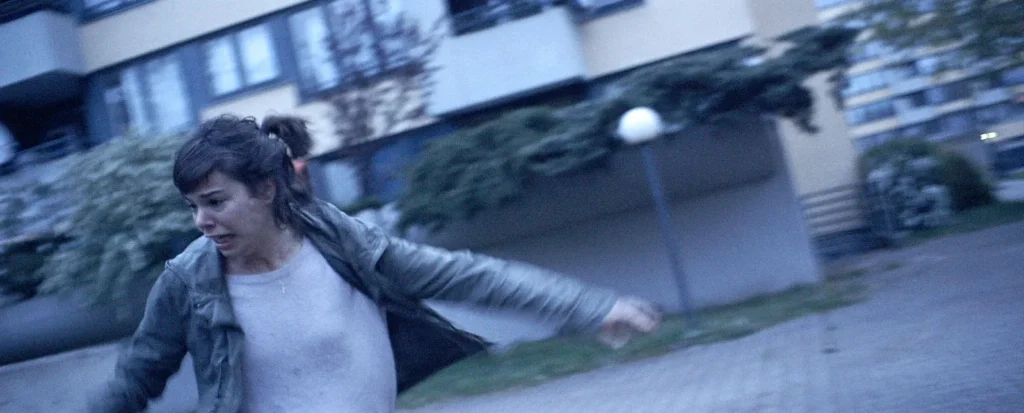
Sebastian Schipper’s Victoria (2015) is a mesmerizing thriller that unfolds in a single 138-minute take through the streets of Berlin. Filmed by cinematographer Sturla Brandth Grøvlen in a candid handheld style, the story follows a young Spanish woman who becomes embroiled in a chaotic night of crime. The camera maps her journey from carefree adventure to perilous stakes. The cityscape plays a vital role, transitioning from vibrant nightclubs to desolate rooftops and industrial backstreets, reflecting Victoria’s emotional downturn. Unlike the meticulously choreographed fluidity of Russian Ark, Victoria embraces its imperfections—improvised dialogue, immediate tension, and spontaneous movements—resulting in an electrifying and immersive experience that blurs the lines between fiction and reality.
Russian Ark (2002)
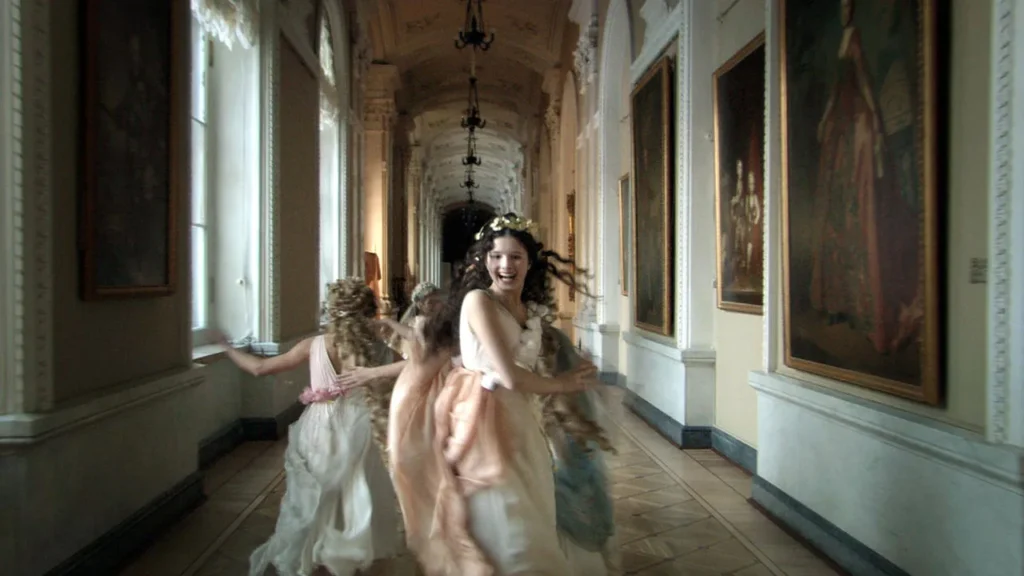
Alexander Sokurov’s Russian Ark (2002) is a 96-minute cinematic masterpiece presented in a single, unbroken take, traversing 300 years of Russian history within the opulent confines of St. Petersburg’s Winter Palace. More than just a film, it serves as a hypnotic, dreamlike journey where the camera acts as an unseen presence, gliding effortlessly through grand corridors, ballrooms, and galleries, encountering historical figures from Peter the Great to the last Romanovs. The absence of cuts creates an illusion of uninterrupted time, echoing both the continuity of history and the transient quality of human existence. The Hermitage Museum and Winter Palace are not merely locations but the very essence of the film, their magnificence illustrating Russia’s cultural and political trajectory as the camera wanders from imperial banquets to quiet moments of solitude in endless halls. The Baroque and Neoclassical interiors, adorned with masterpieces by Rembrandt and Van Dyck, stand as living testaments to the nation’s rich artistic heritage.


